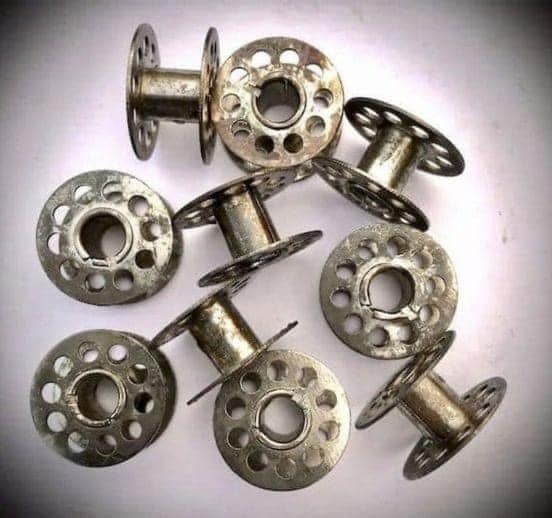At one time,
these unassuming objects, which are today considered to be relics of antiquity and are hardly taken into consideration, were the pillars around which a revered ritual was built. From robes worn at wedding ceremonies to uniforms worn in high school, and even denims that had been tenderly mended, they were the ones who spun the threads that interwoven the material of existence. Every every bobbin had a story, a piece of someone’s life that was a part of their existence. There is a possibility that one might almost hear the regular cadence of the sewing machine harmonizing with the radio, the quiet concentrate, and the rare moan of despair or exultation of accomplishment.
In addition, you should check out Grandma’s quark muffins with vanilla pudding; from this point on, I shall only prepare these muffins.
The discovery of these bobbins in Granny’s collection of stitching supplies is analogous to the discovery of a time capsule; it is a physical connection to a bygone era in which handcrafted artistry was not a luxury but rather a way of life. At the same time, it serves as a poignant reminder of the laborious care that is placed in each and every stitch, the joy that is obtained from fashioning one item from scratch, and the satisfaction that comes from being inventive and restoring.
Now, in the middle of our efforts to reduce our environmental impact and to revive the art of individualized handicraft, these bobbins have transcended their status as simple artifacts and have become abundant sources of motivation. It is imperative that we reflect on the qualities of perseverance, the splendor of artisanal skill, and the significance of conserving traditional crafts in order to provide our lives with a sense of purpose and intentionality. Along the same lines as the thread that they formerly held, their tale is a continuous chain that is woven by the historical past and propels us on into the long run.

